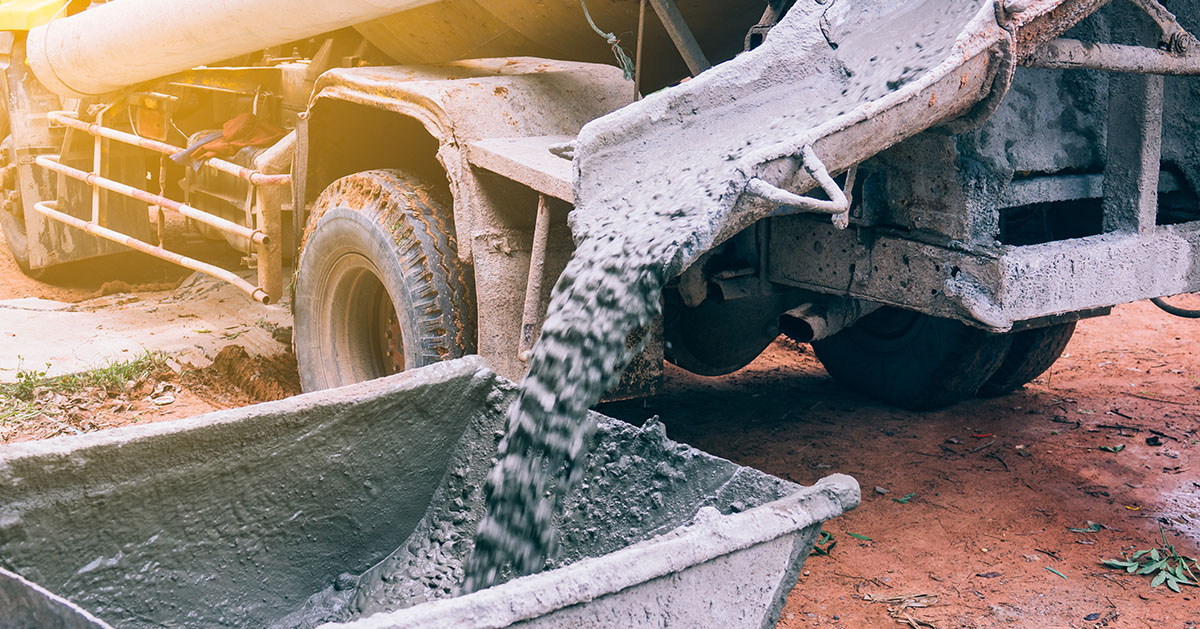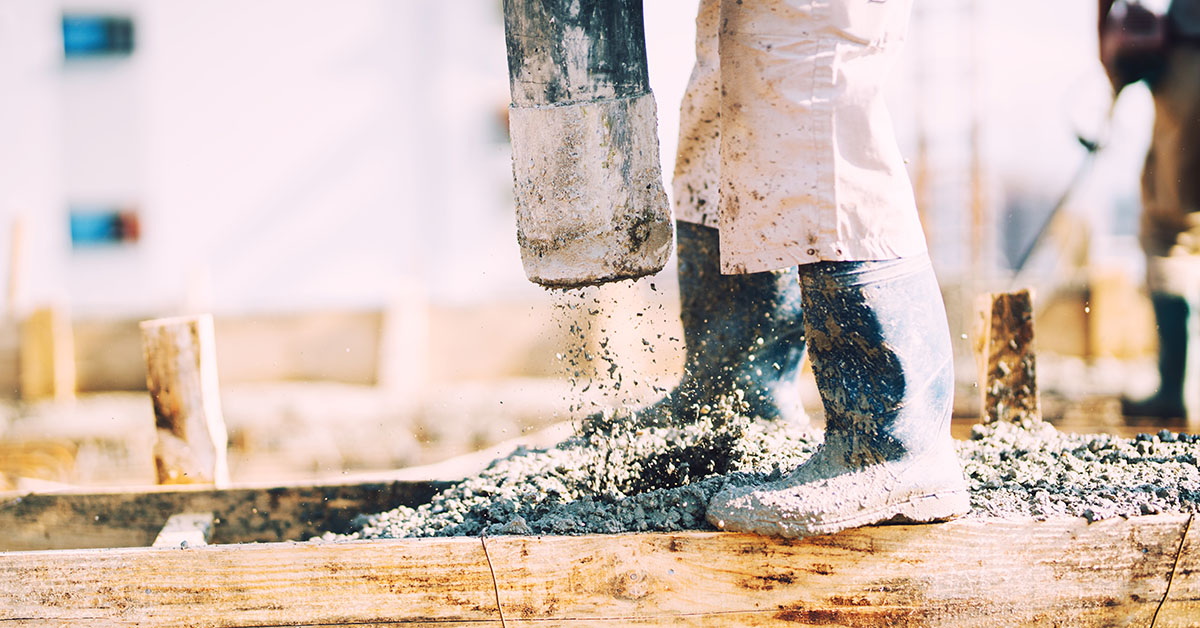Our previous blogs explored the importance of effective concrete washout management to prevent damage to the environment. Today, we’re going to take a closer look at both the environmental impact of concrete washout as well as what makes PumperDump the responsible choice for your construction projects.
It goes without saying, concrete remains one of the most widely used substances in construction projects in the world. Undeniably, it’s one of the most commonly made materials on the planet, and the demand for concrete is astronomical. As the population increases and cities expand, the demand for concrete only increases. The prevalence for concrete is one thing, but it is not the whole story. It’s also the case that the materials which make up concrete can be quite hazardous.
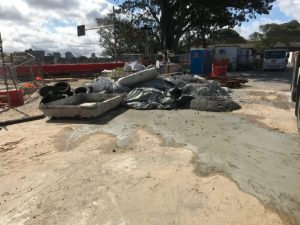 Is concrete washout really that bad for the environment?
Is concrete washout really that bad for the environment?
It’s reasonable to wonder if all the racket made over concrete washout is all that justified. After all, concrete structures can be found far and wide, and they don’t seem to be harming anything. Is this perhaps just a case of the NSW Environment Protection Authority (EPA) being overly-cautious and simply extending its reach beyond where it belongs?
In short – NO. Concrete washout really is that harmful to the environment. Sure, concrete structures are everywhere. Once concrete dries, it becomes a stock-still substance that no longer poses a threat. Before that, the concrete mixture – and the water that was used in it (not excluding the water that was used to clean off the tools and trucks) – is corrosive. This material contains, grout, plaster, cement, mortar, stucco and other materials that contain harmful chemicals. The danger arises from these materials leaking into local water sources. As previously mentioned, concrete washout water has a toxicity level greater than ammonia and near the same pH level as chlorine bleach. It’s obvious as to why PumperDump tries so hard to prevent these substances from reaching our local water systems.
What can we do about concrete washout?
So now that it is evident that concrete washout is permissibly harmful to ecosystems, including our waterways. We’ve established that the regulations and precautions implemented by the NSW Environment Protection Authority (EPA) are not mere overreactions. What now? What can be done about concrete washout?
Good news, there are several ways to approach concrete washout. An approach to concrete washout that used to be very popular was washout pits and washout bags. We’ve discussed before why these “solutions” are a thing of the past. There are many risks – both environmentally and financially – that come from choosing either washout pits or washout bags. We do not recommend it. You simply do not want to make use of inefficient washout systems. Doing so risks:
- Contaminating lakes and other swimming areas with high amounts of zinc and iron, which have proven to cause diabetes, cancer, skin irritation and other adverse side effects
- Exposing fresh waterway to corrosive, caustic concrete washout water and materials that may result in all kinds of damage to ecosystems
- Allowing calcium, magnesium oxide, and calcium – conventional ingredients in ready-mix concrete – to infiltrate our soil systems
 What’s the responsible option
What’s the responsible option
PumperDump offers alternatives to the inefficient washout systems. We have brought together innovative technology, patented concrete washout separation units and blowback units, a dedication to efficient and quality services, and a passion for ethical environmental practices to bring the industry the best concrete washout solutions.
All in all, we understand the importance of needing to tackle construction projects affordably and efficiently, whilst also maintaining ethical environment practices.
PumperDump is the responsible choice. We are your solution to washout pollution. Get in contact with one of our concrete washout solution specialists at
info@pumperdump.com.au or by using the PumperDump App (
App Store) (
Google Play)
 Is concrete washout really that bad for the environment?
It’s reasonable to wonder if all the racket made over concrete washout is all that justified. After all, concrete structures can be found far and wide, and they don’t seem to be harming anything. Is this perhaps just a case of the NSW Environment Protection Authority (EPA) being overly-cautious and simply extending its reach beyond where it belongs?
In short – NO. Concrete washout really is that harmful to the environment. Sure, concrete structures are everywhere. Once concrete dries, it becomes a stock-still substance that no longer poses a threat. Before that, the concrete mixture – and the water that was used in it (not excluding the water that was used to clean off the tools and trucks) – is corrosive. This material contains, grout, plaster, cement, mortar, stucco and other materials that contain harmful chemicals. The danger arises from these materials leaking into local water sources. As previously mentioned, concrete washout water has a toxicity level greater than ammonia and near the same pH level as chlorine bleach. It’s obvious as to why PumperDump tries so hard to prevent these substances from reaching our local water systems.
What can we do about concrete washout?
So now that it is evident that concrete washout is permissibly harmful to ecosystems, including our waterways. We’ve established that the regulations and precautions implemented by the NSW Environment Protection Authority (EPA) are not mere overreactions. What now? What can be done about concrete washout?
Good news, there are several ways to approach concrete washout. An approach to concrete washout that used to be very popular was washout pits and washout bags. We’ve discussed before why these “solutions” are a thing of the past. There are many risks – both environmentally and financially – that come from choosing either washout pits or washout bags. We do not recommend it. You simply do not want to make use of inefficient washout systems. Doing so risks:
Is concrete washout really that bad for the environment?
It’s reasonable to wonder if all the racket made over concrete washout is all that justified. After all, concrete structures can be found far and wide, and they don’t seem to be harming anything. Is this perhaps just a case of the NSW Environment Protection Authority (EPA) being overly-cautious and simply extending its reach beyond where it belongs?
In short – NO. Concrete washout really is that harmful to the environment. Sure, concrete structures are everywhere. Once concrete dries, it becomes a stock-still substance that no longer poses a threat. Before that, the concrete mixture – and the water that was used in it (not excluding the water that was used to clean off the tools and trucks) – is corrosive. This material contains, grout, plaster, cement, mortar, stucco and other materials that contain harmful chemicals. The danger arises from these materials leaking into local water sources. As previously mentioned, concrete washout water has a toxicity level greater than ammonia and near the same pH level as chlorine bleach. It’s obvious as to why PumperDump tries so hard to prevent these substances from reaching our local water systems.
What can we do about concrete washout?
So now that it is evident that concrete washout is permissibly harmful to ecosystems, including our waterways. We’ve established that the regulations and precautions implemented by the NSW Environment Protection Authority (EPA) are not mere overreactions. What now? What can be done about concrete washout?
Good news, there are several ways to approach concrete washout. An approach to concrete washout that used to be very popular was washout pits and washout bags. We’ve discussed before why these “solutions” are a thing of the past. There are many risks – both environmentally and financially – that come from choosing either washout pits or washout bags. We do not recommend it. You simply do not want to make use of inefficient washout systems. Doing so risks:
 What’s the responsible option
PumperDump offers alternatives to the inefficient washout systems. We have brought together innovative technology, patented concrete washout separation units and blowback units, a dedication to efficient and quality services, and a passion for ethical environmental practices to bring the industry the best concrete washout solutions.
All in all, we understand the importance of needing to tackle construction projects affordably and efficiently, whilst also maintaining ethical environment practices.
PumperDump is the responsible choice. We are your solution to washout pollution. Get in contact with one of our concrete washout solution specialists at info@pumperdump.com.au or by using the PumperDump App (App Store) (Google Play)
What’s the responsible option
PumperDump offers alternatives to the inefficient washout systems. We have brought together innovative technology, patented concrete washout separation units and blowback units, a dedication to efficient and quality services, and a passion for ethical environmental practices to bring the industry the best concrete washout solutions.
All in all, we understand the importance of needing to tackle construction projects affordably and efficiently, whilst also maintaining ethical environment practices.
PumperDump is the responsible choice. We are your solution to washout pollution. Get in contact with one of our concrete washout solution specialists at info@pumperdump.com.au or by using the PumperDump App (App Store) (Google Play)

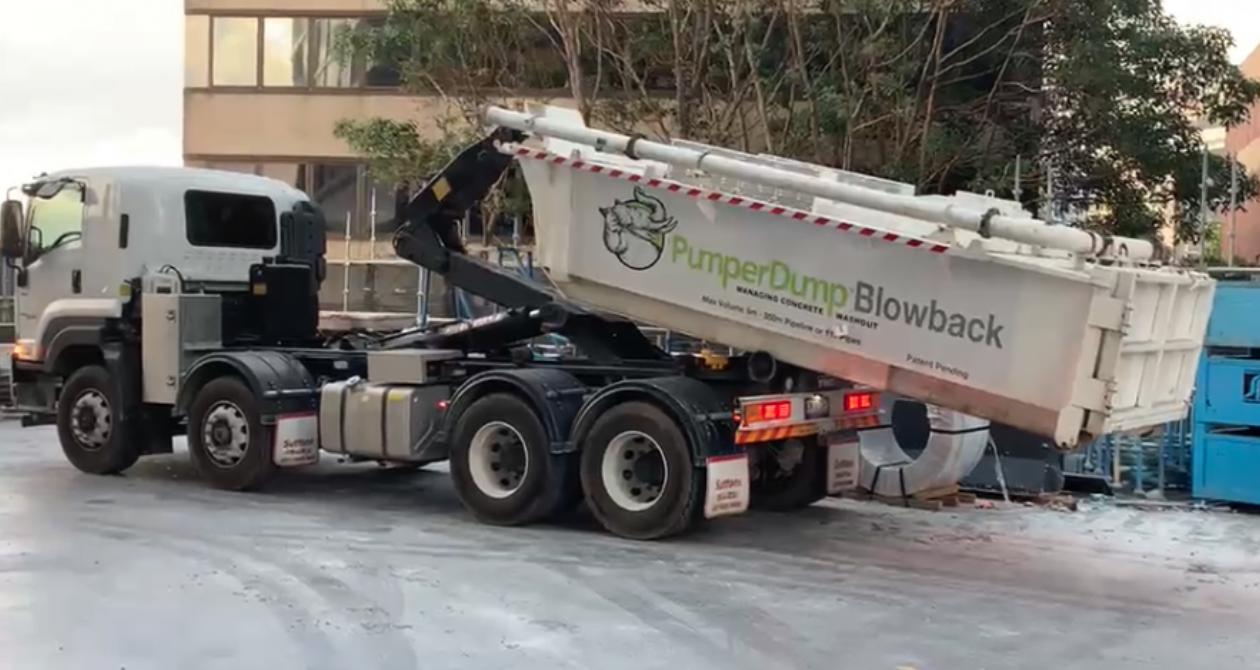
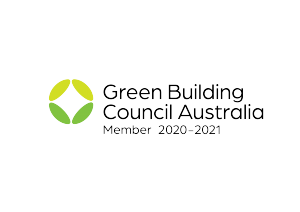 This is an association with Australia’s sustainability leaders who are committed to:
This is an association with Australia’s sustainability leaders who are committed to:
